Principle of Induction Hardening
Induction hardening of the surface is a type of heat treatment that utilizes electromagnetic induction, the skin effect, eddy currents, and resistive heating to rapidly heat and then cool the surface of a workpiece.
During induction hardening of the surface, the workpiece is placed inside an induction coil made of copper, and when a certain frequency of AC current flows through the coil, the workpiece in the alternating magnetic field induces electric current. Due to the skin effect and eddy currents, high-density AC current generated by the workpiece's surface causes resistive heating, rapidly heating the surface to the quenching temperature. The surface is then quickly cooled by water spray, resulting in a hardened surface.
During induction heating, the distribution of induced current on the workpiece's cross-section is dependent on the current frequency. The higher the frequency, the more pronounced the skin effect, and the thinner the surface layer where the induced current is concentrated. Therefore, by adjusting the current frequency, different depths of hardened layers can be obtained.
Induction Hardening versus Flame Hardening
Surface heat treatment is done by changing the surface structure of the part to obtain high hardness martensite while retaining core toughness and ductility (i.e., surface hardening), or by simultaneously modifying the surface's chemical composition to obtain corrosion resistance, acid and alkali resistance, and a higher surface hardness than the former method (i.e., chemical heat treatment).
Induction hardening: The induction heating speed is extremely fast and takes only a few seconds or a few dozen seconds. The hardened martensite structure on the quenched layer is fine, and mechanical properties are good. The workpiece surface is not easily oxidized and decarburized, with small deformation, and the depth of hardened layer is easy to control, with stable quality and simple operation. It is particularly suitable for large-scale production.
It is commonly used for medium carbon steel or low-alloy steel parts, such as45, 40Cr, 40MnB, and so on. It can also be used for high carbon tool steel or cast iron parts. Generally, a good combination of strength, fatigue resistance, and toughness can be obtained when the depth of hardened layer is about 1/10 of the radius. Induction heating surface hardening is not suitable for complex-shaped parts due to difficulties in making the induction coil.
Advantages of Induction Hardening
The surface hardness is 2-3HRC higher than that of ordinary quenching and is less brittle;
Fatigue strength and impact toughness are both improved, and general parts can be improved by 20%-30%;
Deformation is small;
The depth of hardened layer is easy to control;
No oxidation or decarburization occurs during induction hardening;
Lower quenching and tempering steels can be used;
It is easy to realize mechanization and automation during operation, and production efficiency is high;
The hardness and thickness of the hardened layer can be adjusted by varying the frequency of the induction current.

 en
en  cn
cn  jp
jp  ko
ko  de
de  es
es  it
it  ru
ru  pt
pt  vi
vi  th
th  pl
pl 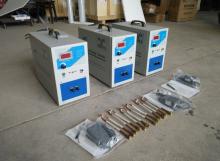
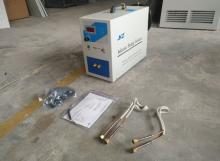

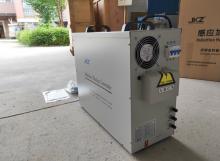


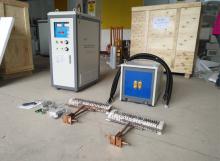
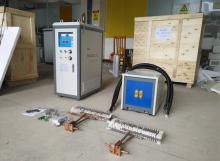

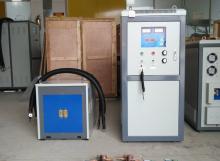

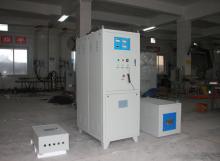

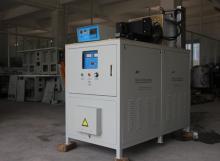
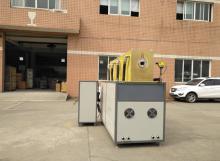
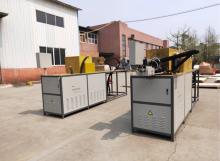
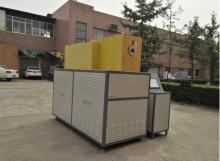
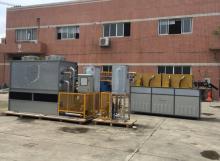
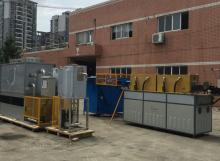
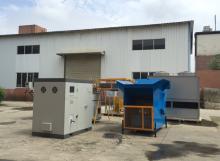
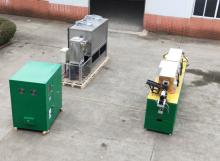
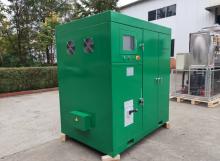
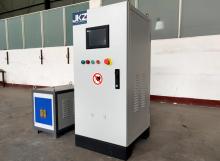
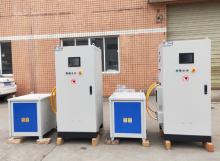


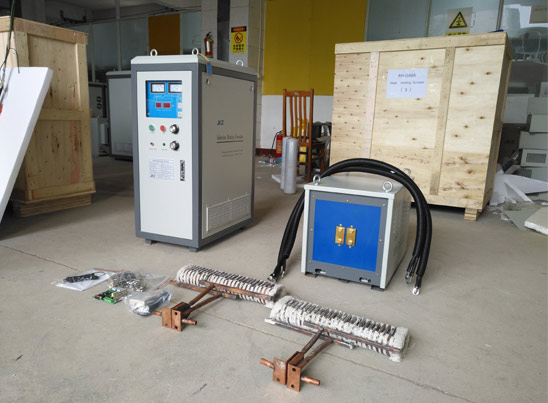
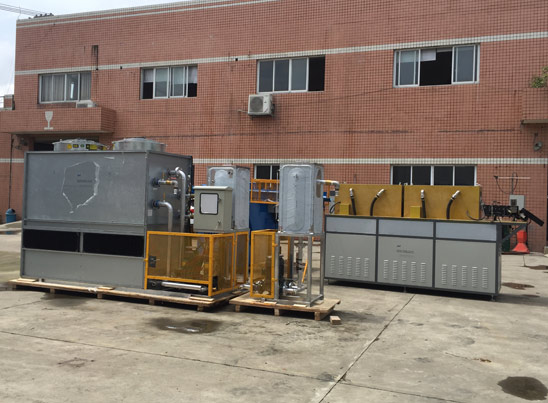
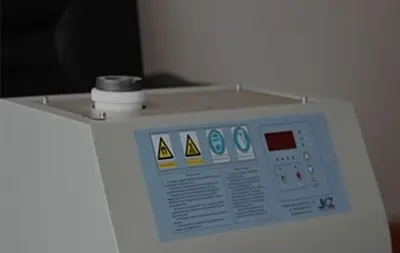

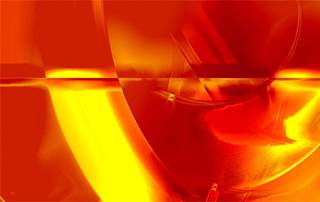



 Call us on:
Call us on:  Email Us:
Email Us:  NO. 688th South Baoguang Road, Xindu District, Chengdu City, Sichuan Province, China
NO. 688th South Baoguang Road, Xindu District, Chengdu City, Sichuan Province, China